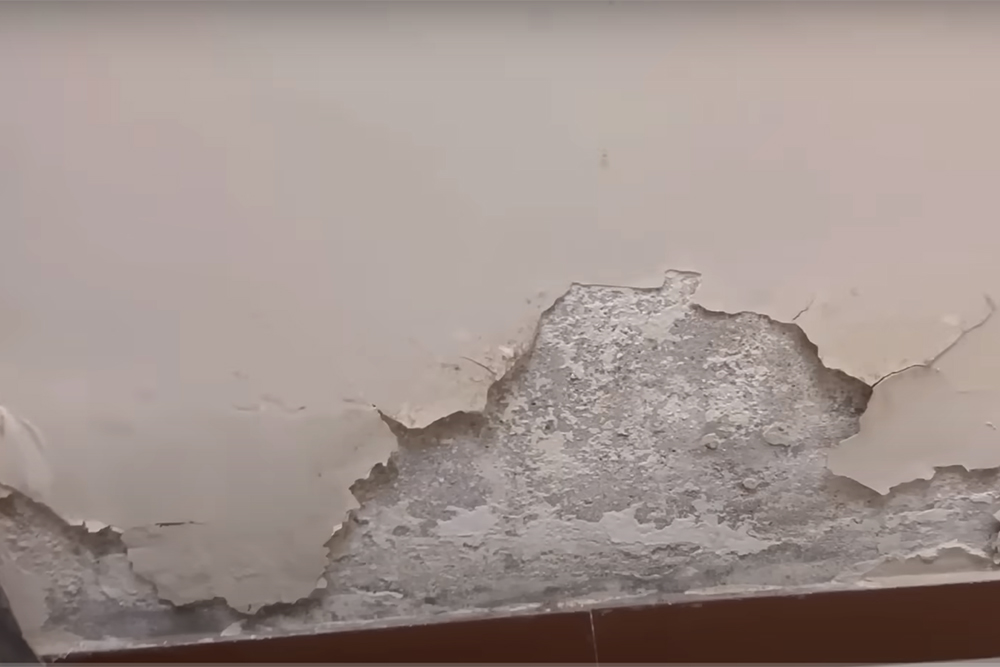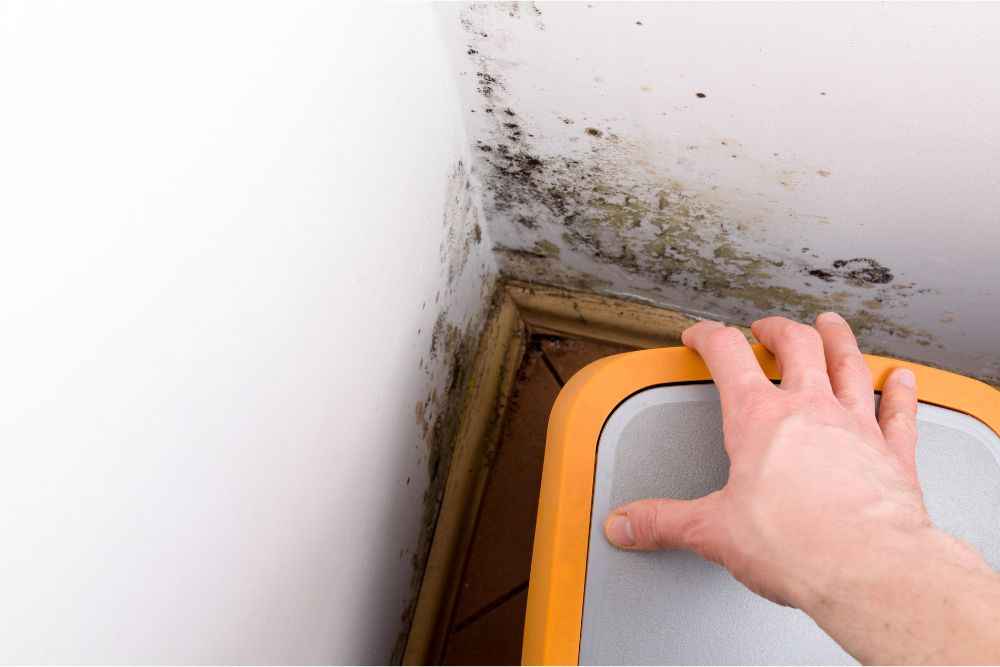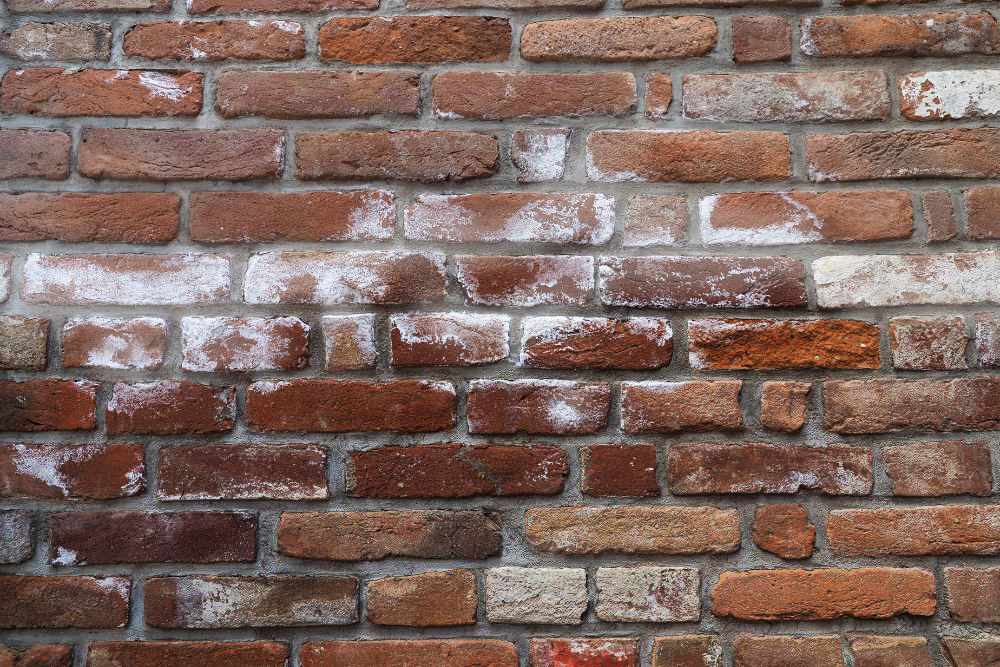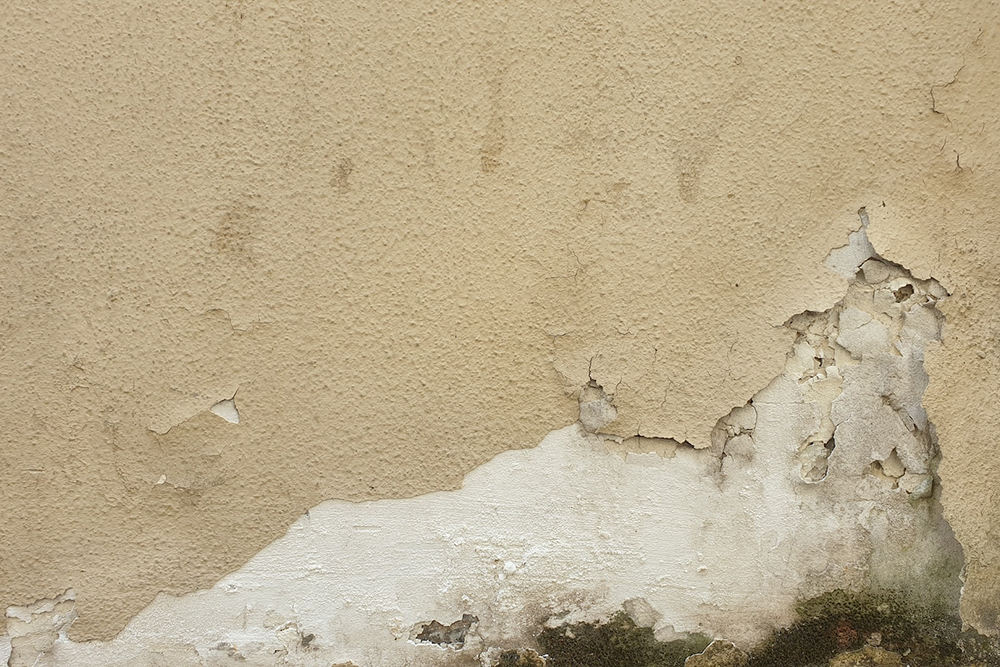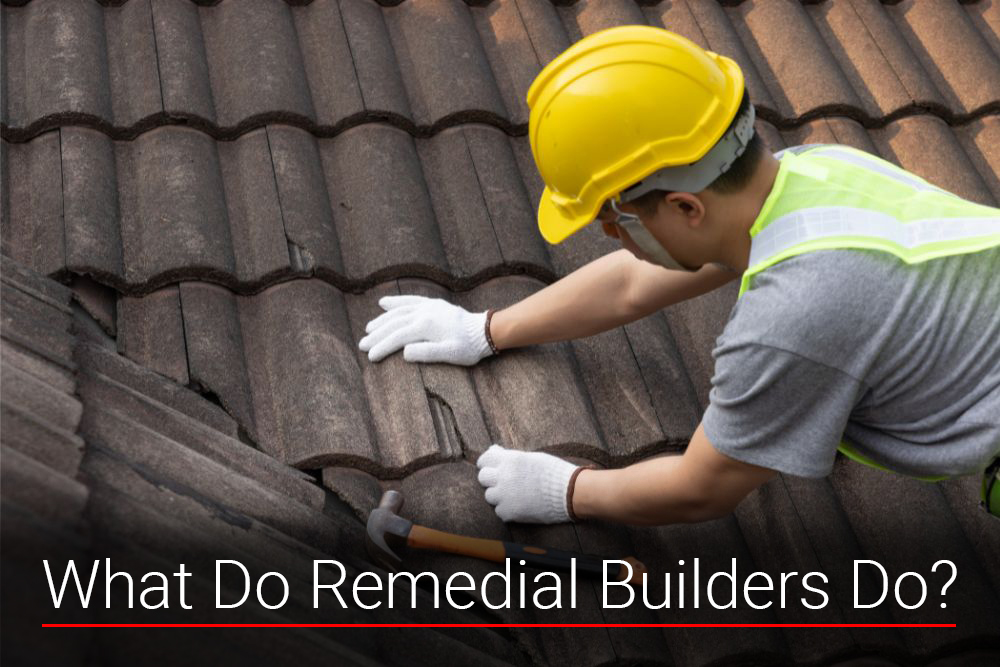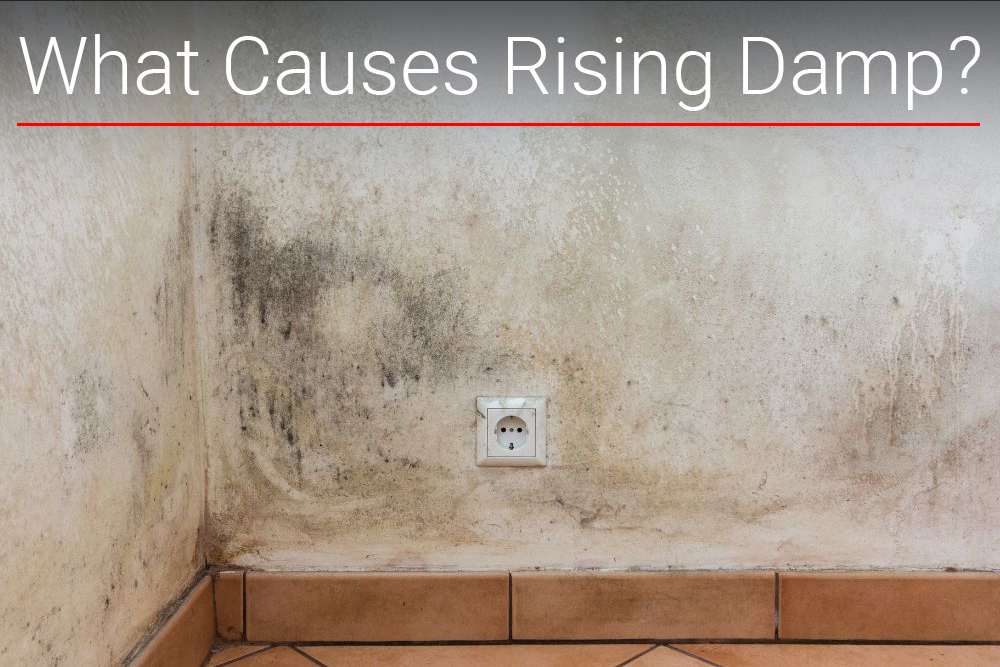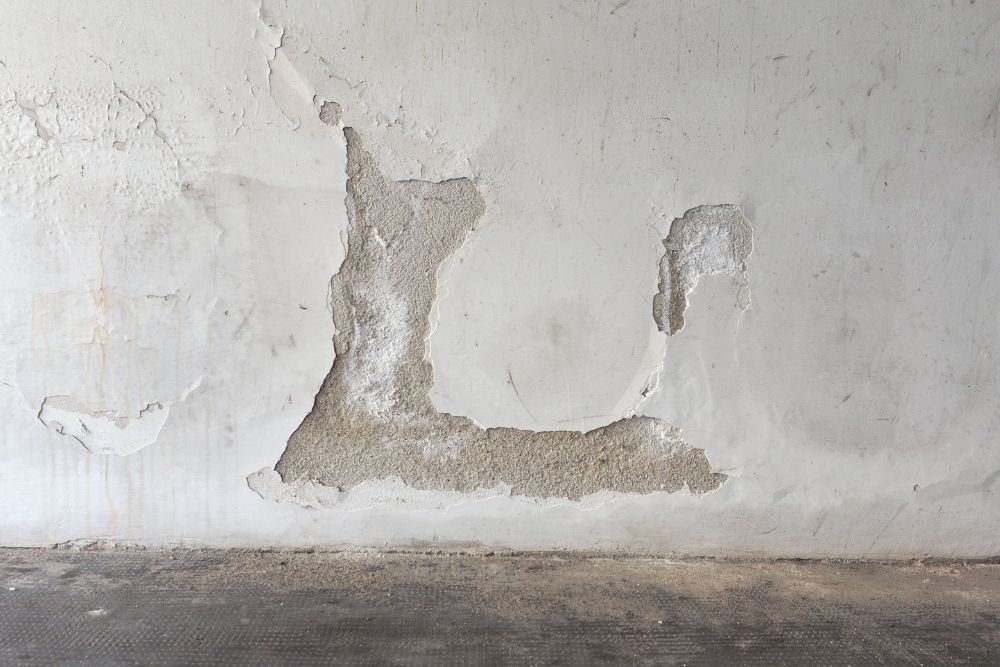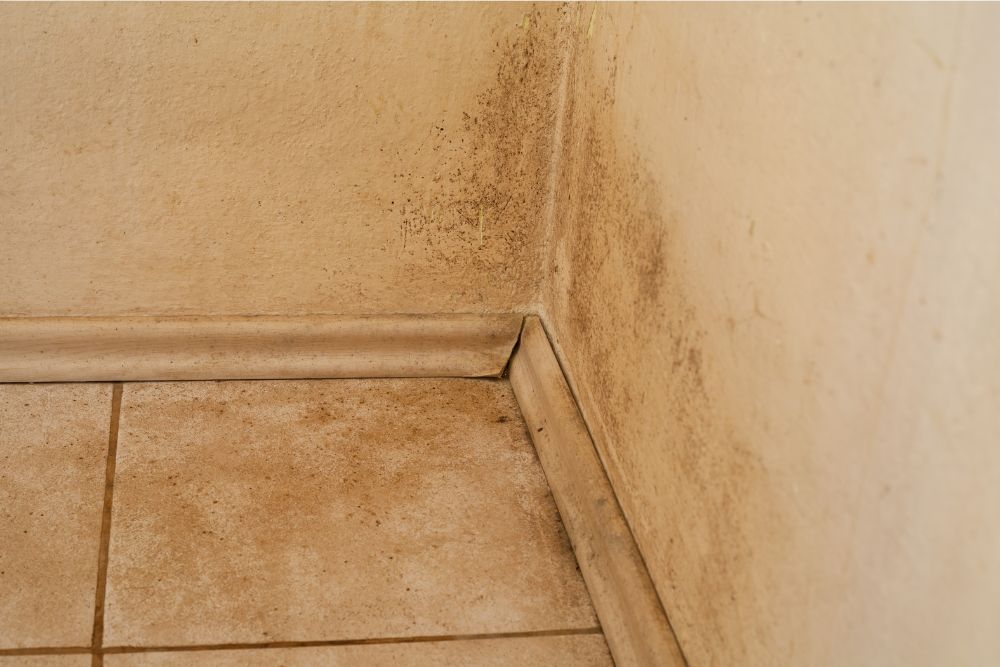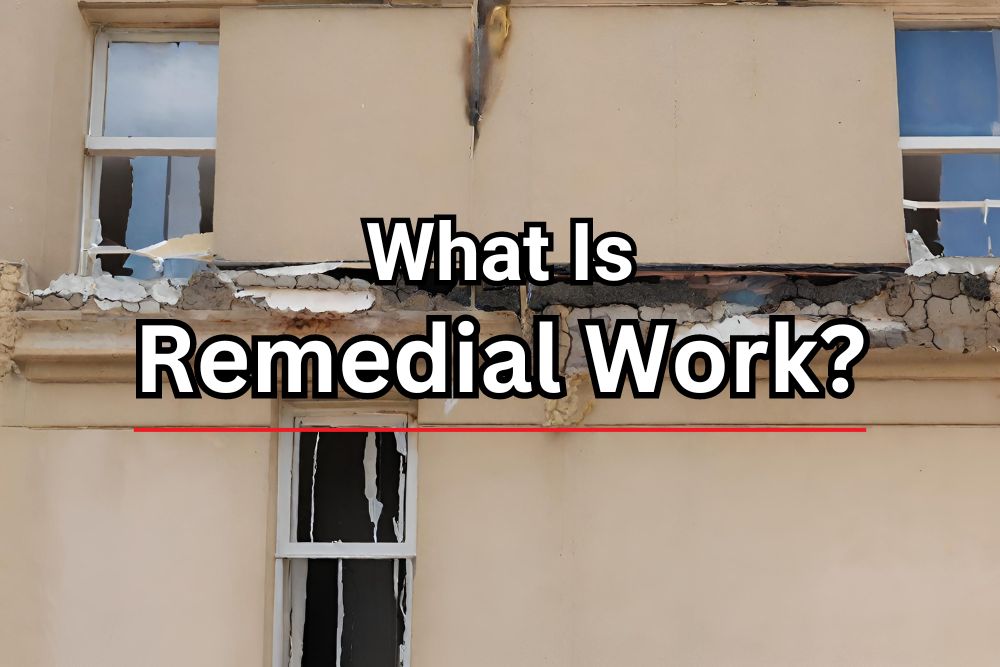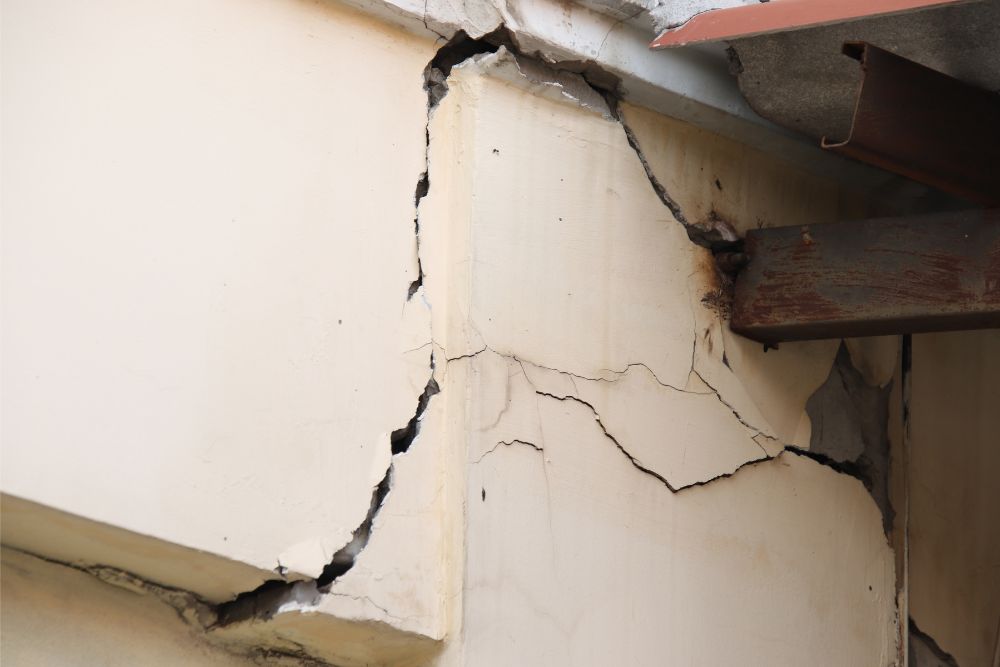
Structural remediation is a crucial aspect of building maintenance. It encompasses a range of procedures designed to restore and maintain the structural integrity of a building. This often involves repairing or replacing key components such as walls, beams, columns, foundations, and floors.
Such work is typically necessitated by building defects, degradation over time, or regulatory changes. The process requires the expertise of professionals experienced in remedial construction to ensure that the work is conducted safely and effectively.
Structural remediation not only rectifies existing issues but also aids in preventing further damage, thereby prolonging the lifespan of the building.
Key Takeaways
- Structural remediation is important for enhancing the functionality and lifespan of old structures while ensuring safety and stability.
- Recognising signs of structural damage, such as cracks on walls, soil gaps, uneven window gaps, and roof leaks, is crucial for early identification and timely remediation.
- Structural engineers play a pivotal role in accurately diagnosing and assessing the extent of structural damage, working alongside certified remedial builders for correct and safe repairs.
- Proper evaluation and identification of remediation needs involve thorough inspections to determine the cause and extent of damage, ensuring comprehensive remedial requirements are met.
Understanding Structural Remediation
Structural remediation is a critical process that involves building repair and renewing old structures to enhance their functionality and lifespan. It addresses immediate concerns such as cracks on walls, soil gaps around walls, uneven gaps in windows, and roof leaks, which are indicative of impending or existing structural failure.
Understanding structural remediation allows stakeholders to prevent further damage, maintain the appearance of the structure, ensure functionality, and identify underlying problems. It’s a cost-effective strategy that prioritizes safety and stability by ensuring that all remedial structural work complies with building codes and regulations.
Additionally, understanding structural remediation is significant in situations of natural disasters or hazardous substance-related structural fragility. It becomes necessary to contact spill containment professionals, adding another layer of safety for the building and its occupants.
In essence, structural remediation is not only about physical repairs but also about maintaining the integrity of the structure, thereby enhancing its longevity. Thus, a well-rounded understanding of structural remediation is instrumental in effective building maintenance and prolonging the lifespan of structures.
Identifying Structural Problems
Identifying structural problems is a critical aspect of structural remediation work on buildings. This process involves recognising signs of damage, utilizing various structural assessment techniques, and understanding the roles of structural engineers in this complex task.
In the following discussion, we will explore these key elements in depth.
Recognising Signs of Damage
Several key indicators of structural damage in buildings include visible cracks on walls, soil gaps around the structure, uneven gaps in windows, and roof leaks.
Recognizing signs of damage is essential in maintaining the structural integrity of a building and preventing potential collapses. Common problems such as uneven gaps in windows may seem inconsequential, but they can indicate more severe, underlying issues.
Similarly, soil gaps around a structure can weaken its foundation, leading to a higher risk of structural failure if left unaddressed. Roof leaks are not just a nuisance; they are often a symptom of a failing roof structure.
Thus, early identification of these signs can facilitate timely structural remediation.
Structural Assessment Techniques
Following the identification of potential damage signs, structural assessment techniques are employed to accurately pinpoint the underlying issues in a building’s structure. These techniques, implemented by a structural engineer, are essential to ensuring the safety and integrity of the building.
Structural assessment techniques can help identify problems such as wall cracking, soil gaps, uneven window gaps, and roof leaks. The structural engineer uses these techniques to understand the root cause of any damage, ensuring that subsequent maintenance or repair work does not compromise the building’s structural integrity.
Moreover, proper application of these techniques prevents further deterioration, maintaining the building’s functionality. Therefore, identifying and addressing underlying structural problems through these techniques is crucial in structural remediation.
Roles of Structural Engineers
A significant part of structural remediation works on buildings involves the pivotal role of structural engineers in accurately diagnosing structural problems. They conduct detailed inspections to identify causes of damage, such as compromised roof shingles or foundation issues, which are key indicators of potential structural failure.
In addition to identifying these issues, the roles of structural engineers include determining the extent of necessary structural repairs to maintain building safety. Their proficiency in identifying causes of building movement, such as ground shifts or climate impacts, is essential for assessing damage scope and planning appropriate remedial work.
Working alongside certified remedial builders, structural engineers ensure that structural repairs, including the mending of walls and foundations, are executed correctly and safely.
Evaluating Remediation Needs
The process of evaluating remediation needs is a critical step in structural remediation works.
This phase involves a thorough assessment of structural damage, where signs of deterioration or failure are identified and documented.
Based on these findings, specific remediation requirements are then determined to restore the building’s structural integrity.
Assessing Structural Damage
In evaluating the need for remediation, three crucial steps must be taken in assessing structural damage:
- Identifying signs of impending failure:
- Indicators of potential failure may include cracks on walls.
- Soil gaps around walls.
- Uneven gaps in windows.
- Roof leaks.
- Determining the cause of the damage:
- Determining the cause of the damage, such as a compromised roof shingle, is essential to maintaining the structural integrity of the building.
- Consulting with qualified professionals for a comprehensive building inspection:
- Qualified professionals play an invaluable role in this process.
- They have the expertise to identify and address underlying problems during the inspection.
- This ensures that the remediation work does not compromise the building’s structural integrity.
Identifying Remediation Requirements
While it is crucial to recognize signs of structural failure, determining the specific remediation requirements is an integral part of the process that ensures the safety and longevity of the building. Identifying remediation requirements involves meticulous inspection to pinpoint the cause and extent of damage.
Key steps in identifying remediation requirements include:
- Thorough inspection of the building structure – this involves assessing all areas for signs of failure, from cracks in walls to soil gaps around the building.
- Identifying the cause of damage – whether it’s due to roof leaks signifying roof structure failure or damaged roof shingles, understanding the root cause is essential for effective structural repairs.
These steps are vital to prevent further damage and maintain the structure’s functionality.
The Remediation Process
Initiating the remediation process involves a thorough assessment of the building’s structural integrity to identify areas in need of repair or reinforcement. Qualified professionals, such as certified remedial builders, typically undertake this critical task. They meticulously inspect the building’s elements, including walls, columns, beams, foundations, and floors, to pinpoint weaknesses or damages.
Upon identifying the problem areas, the next phase of the remediation process commences. This stage involves devising a detailed plan to carry out the necessary structural repairs. Depending on the extent of damage or structural weakness, the remediation plan may involve repairing existing elements, replacing them, or installing additional supports to enhance the structural integrity.
The execution of the remediation plan is a meticulous process requiring a high level of expertise and precision. Specialized companies like Bolt Remedial Sydney, with their experience in structural repairs and maintenance, are equipped to handle such tasks. They ensure all executed works align with the building codes and regulations, thereby guaranteeing the safety and stability of the building.
The remediation process, though complex, is a necessary undertaking to maintain the structural soundness of any building.
Techniques in Structural Repairs
Structural repair techniques, ranging from cavity wall tie corrosion remediation to resin repair and reinforcement, play a crucial role in the successful execution of building remediation works. The types of repairs and techniques in structural repairs offer a cost-effective and environmentally sound alternative to demolition and rebuilding.
Structural repairs involve different techniques depending on the extent and nature of the damage. This includes:
- Cavity wall tie corrosion remediation: Involves the replacement or isolation of corroded wall ties to prevent further damage.
- Resin repair and reinforcement: Used to repair and strengthen structural timbers, preserving important and irreplaceable elements.
- Ground stabilisation: This involves the use of injected materials and remedial ground piles to ensure the stability of the structure.
These techniques are undertaken with less disruption than in the past, thanks to advances in technology and the expertise of specialist structural surveyors. Household insurers can be contacted for these interventions, with the Property Care Association (PCA) offering a directory of qualified structural repair specialists, further ensuring the quality and effectiveness of the repairs.
Challenges in Structural Remediation
Structural remediation is vital for maintaining building integrity. However, it is not without its complexities. Accurately identifying structural damages is a key challenge. Implementing appropriate risk management strategies is another challenge. Providing realistic cost and time estimates is yet another challenge. These issues form the crux of our discussion in this section.
Identifying Structural Damages
Pinpointing structural damages in buildings often presents a considerable challenge due to their potential invisibility and subtlety. Identifying structural damages is an intricate process that requires a keen eye for detail and extensive knowledge about the various types of structural defects.
Key areas to be checked include:
- External features such as walls, roofs, and windows
- Internal spaces for signs of moisture or unevenness
Types of structural damages include:
- Cracks on walls or uneven gaps around windows, suggesting foundation shifts
- Roof leaks, indicating possible structural weakness
Building inspections play a crucial role in this process, allowing for accurate identification and subsequent remediation. The importance of these inspections in maintaining the structural integrity of buildings cannot be overstated.
Risk Management Strategies
In addressing the challenges in structural remediation, implementing robust risk management strategies is pivotal to safeguarding the building’s integrity. Identification of damage causes, such as damaged roof shingles, is essential before undertaking structural repairs, preventing the risk of further compromising the building.
A thorough building inspection should precede any remedial work to ensure potential structural issues are not overlooked. Prompt and regular maintenance, particularly in response to water damage, mitigates the risk of material decay from heavy rainfall.
Importantly, selecting contractors with the necessary competencies and experience is key to reducing the risk of ineffective repairs. Thus, these risk management strategies provide a comprehensive approach to address the challenges intrinsic to structural remediation.
Cost and Time Estimates
While the scope of damage largely dictates the cost and time estimates for structural remediation, accurately assessing these factors poses a significant challenge in the field.
Key issues in cost and time estimates for structural remediation works on buildings include:
- Accurate Assessment:
- Complexity of structural issues can lead to underestimation of remediation time and costs.
- Lack of detailed assessment can result in cost overruns and project delays.
- Project Execution:
- Delays due to unforeseen complications can cause significant increases in costs.
- Securing necessary funds for the remediation project based on initial estimates can be a challenge if actual costs exceed the estimates.
Safety Measures in Remediation
Adherence to stringent safety measures is a critical part of the remediation process, designed to ensure the stability and security of the building structure. These measures, which form an integral part of safety measures in remediation, necessitate compliance with building codes and regulations. Such compliance is fundamental in maintaining the structural integrity of the building during and after the structural repairs.
Remedial structural work, carried out by professionals, addresses building defects, wear and tear, and regulatory changes. These professionals are typically qualified, licensed, insured, and certified, ensuring structural repairs are performed correctly and safely. The repair process employs techniques that are less disruptive, providing a cost-effective and environmentally friendly alternative to demolition and rebuilding. This approach, coupled with the selection of contractors for long-term success, further underscores the importance of safety measures in remediation.
The Property Care Association (PCA) represents the national structural maintenance industry, providing practical advice on structural maintenance. They also offer insured guarantees for their structural work, thereby bolstering credibility and trust in the industry. Therefore, safety measures in remediation not only ensure the structural stability but also instill confidence in the overall remediation process.
Role of Remediation Professionals
The crucial role of remediation professionals in the process of structural remediation cannot be overstated, as they are responsible for ensuring the safety, stability, and longevity of the building. These specialists, including remedial builders and surveyors, are integral in carrying out structural repairs, ensuring that the job is done properly and safely.
The role of remediation professionals can be broken down into several key responsibilities:
- Assessment and Planning: This involves thorough evaluation of the building’s condition and devising the right strategy for remediation.
- Conducting detailed surveys
- Developing comprehensive remedial plans
- Execution of Remedial Works: This includes the actual implementation of the repair plan, which must be done meticulously to guarantee the building’s safety.
- Performing the necessary structural repairs
- Ensuring compliance with building codes and regulations
Members of recognized bodies like the Property Care Association (PCA) are highly trained and vetted, offering trusted structural maintenance services. They not only preserve and protect buildings but also play a significant role in prolonging the lifespan of these structures.
Cost Factors in Remediation Works
Numerous factors influence the cost of structural remediation works, transitioning from the technical aspects of the process to the financial implications. Understanding what’s involved in structural remediation works on buildings is crucial to grasp the cost factors in remediation works. The type and severity of structural damage, materials and labor needed, and the urgency of the remediation have a significant impact on the cost.
Professional remedial builders’ expertise and rates also contribute to the overall expense. Additional costs may arise from necessary structural modifications, such as installing new support elements or reinforcing existing structures.
To illustrate, consider the table below:
| Factor | Potential Impact on Cost |
|---|---|
| Type and Severity of Damage | Severe damage requires more extensive work and materials, driving up costs. |
| Urgency of Remediation | Urgent projects may require overtime work, increasing labor costs. |
| Professional Builders’ Rates | Varying rates of professionals can significantly influence the total expenditure. |
Understanding these cost factors can help in planning and budgeting for structural remediation works, ensuring the building’s safety and longevity.
Need Structural Remediation Work Done On Your Building?
Speak to our team now by calling 0432 899 026 or emailing info@smrbuilders.com.au.

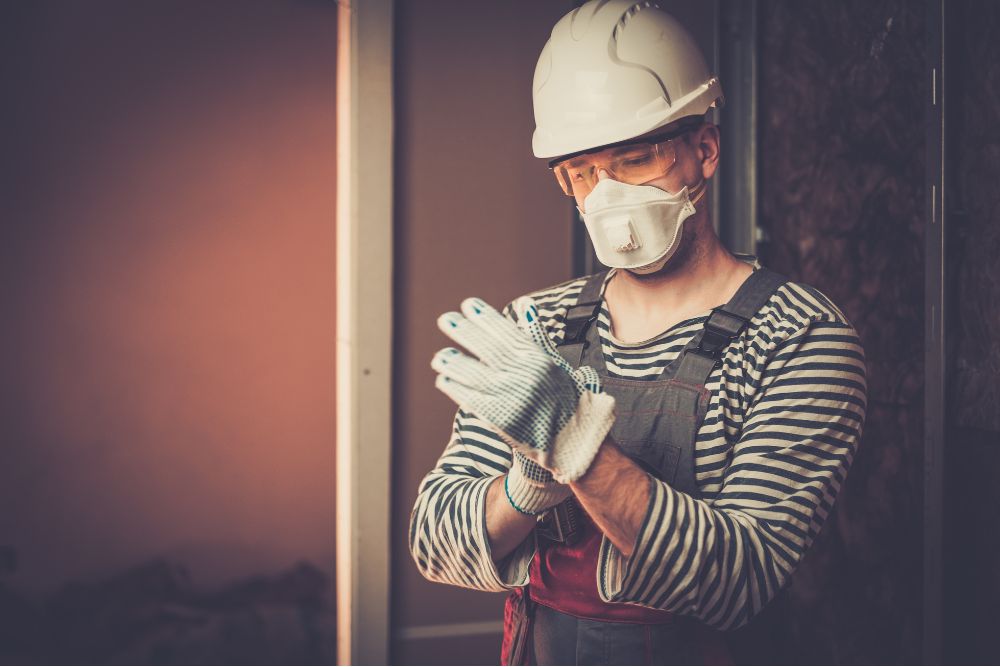
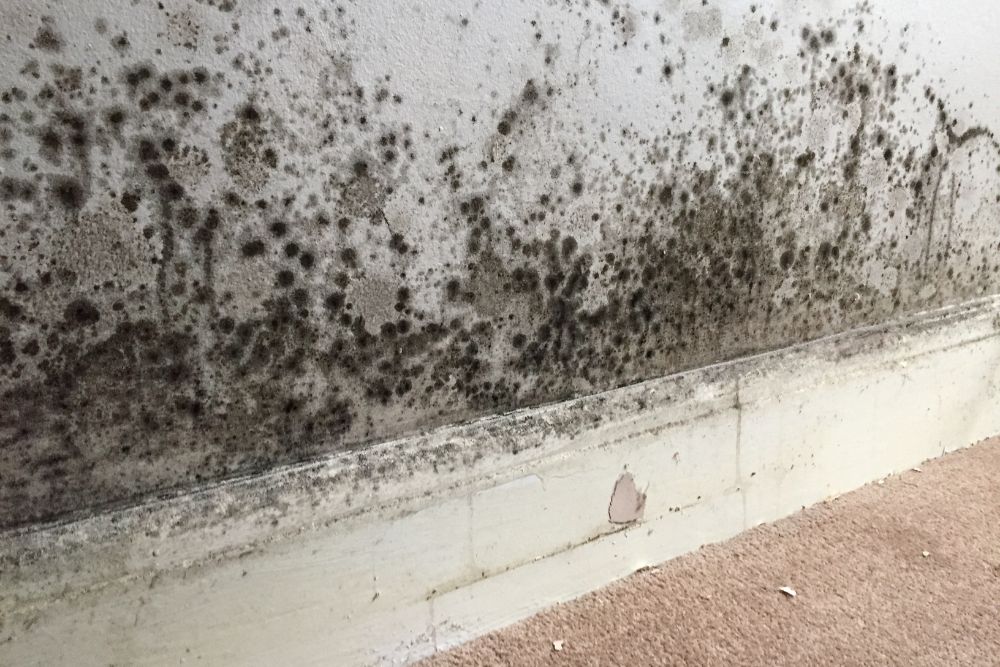
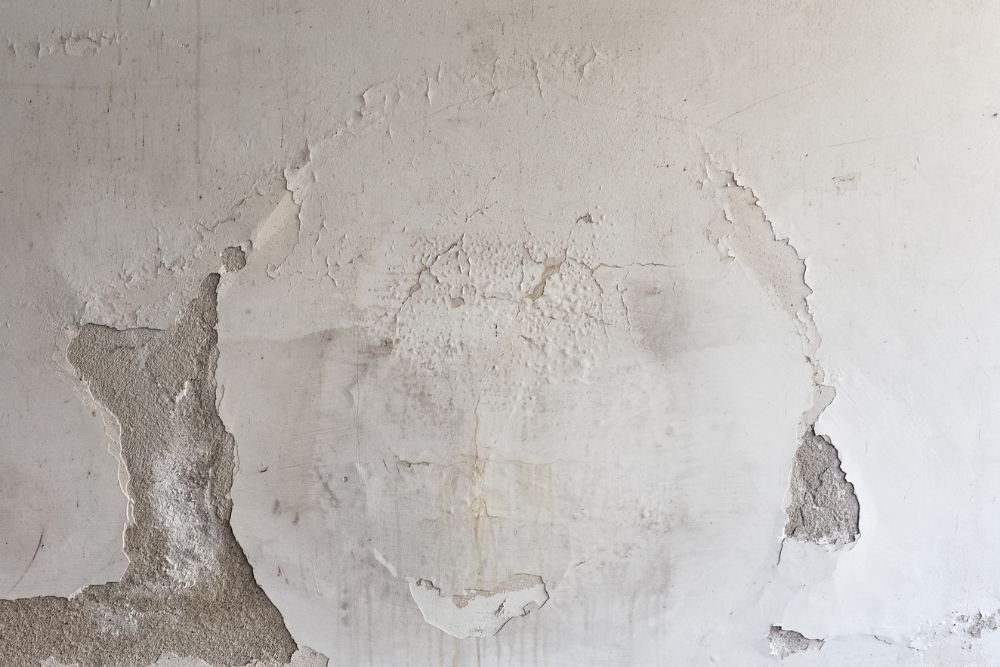
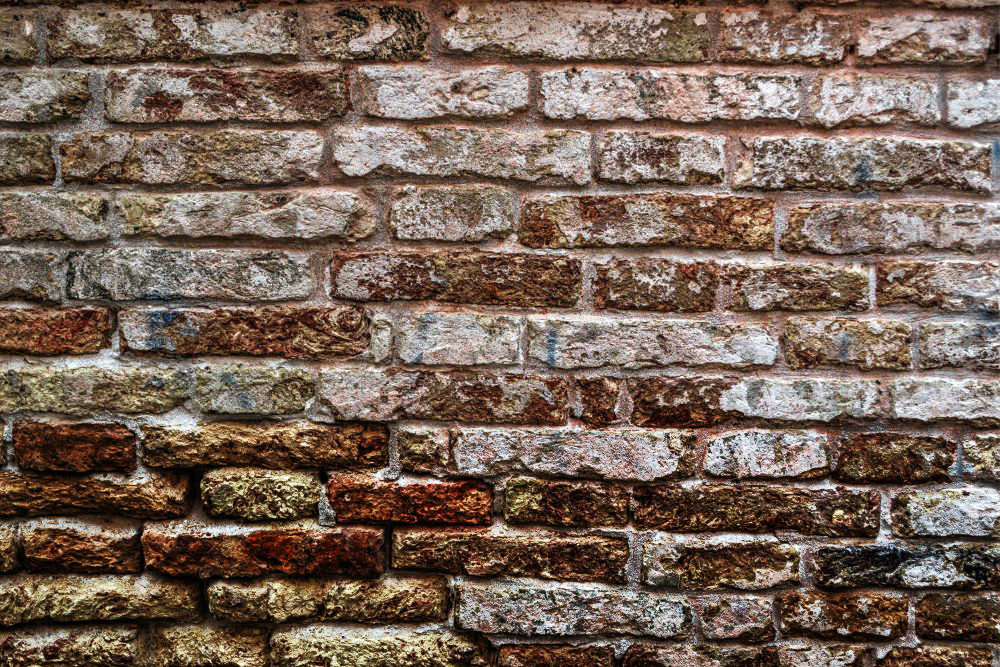 Effective remediation of moisture in brick walls necessitates a comprehensive understanding of the factors contributing to the problem and the implementation of appropriate solutions.
Effective remediation of moisture in brick walls necessitates a comprehensive understanding of the factors contributing to the problem and the implementation of appropriate solutions.